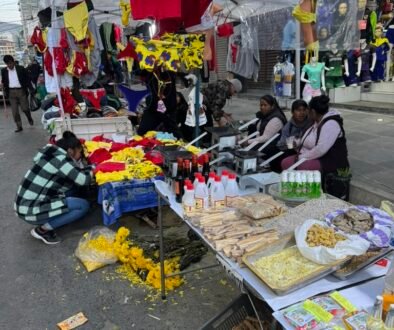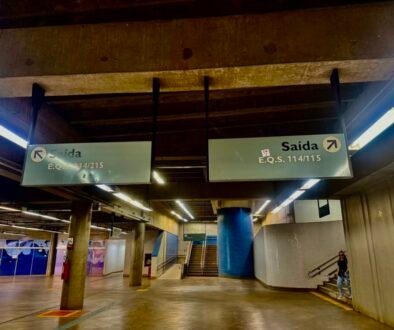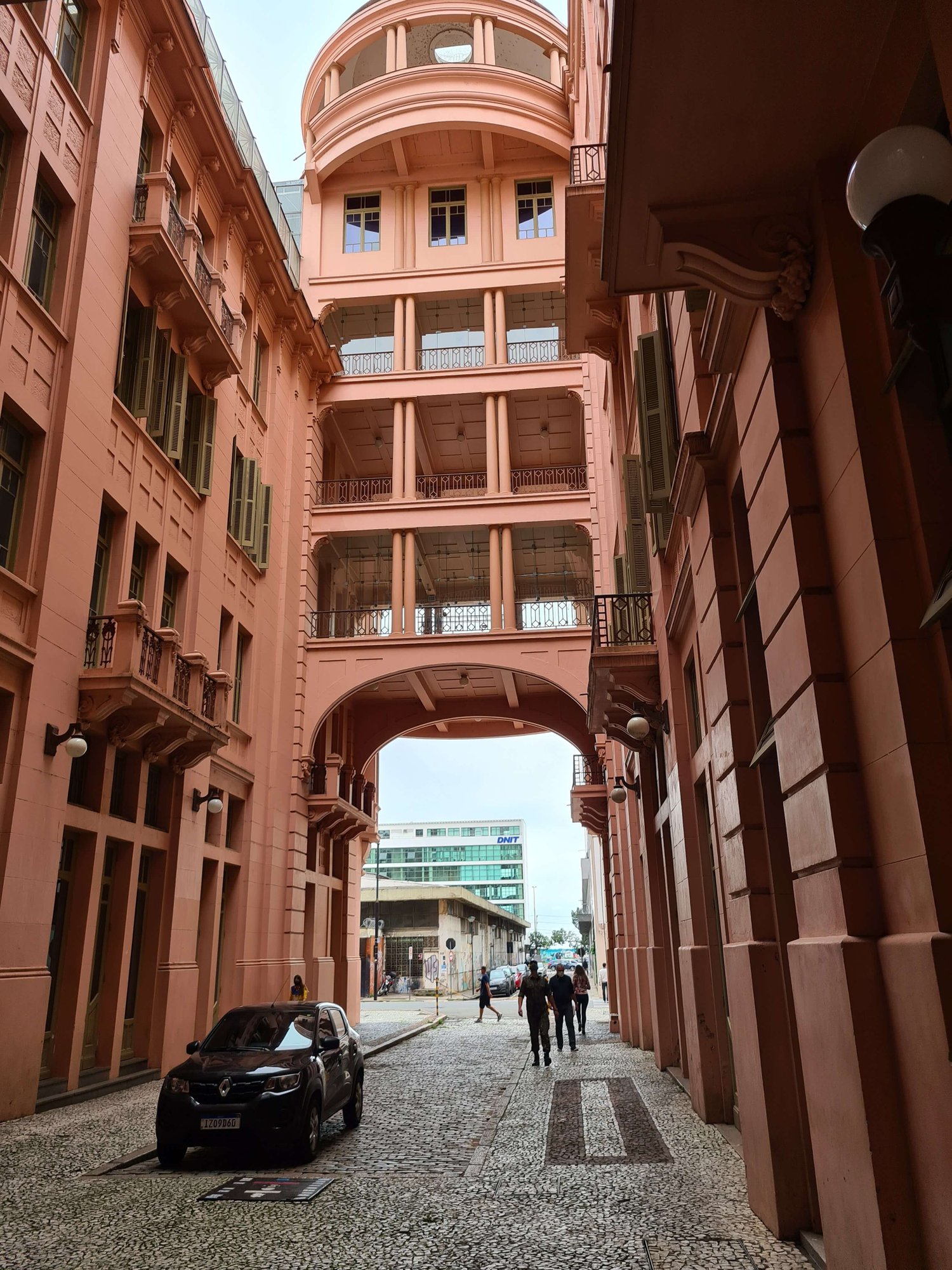Natal
I have not allotted instalments to destinations that, worthy as they were, did not give me anything to write about. Maceió was one of them. Natal was another, at least for some time. The latter made its mark in my mind mainly in retrospect, as I later on found some aspects of it mirrored in my next destination. I have also been intrigued to keep seeing mentions of Natal in a way that gives me the impression that I may have left it underexplored.
Natal is the capital of the state of Rio Grande no Norte. The people and all things pertaining to this state are referred to as Potiguar, after the ethnic group that inhabited the area before the European colonisation. It is reputed as the easternmost state capital, and therefore the one that lies nearest to Africa. In spite of this fact — if it is a fact — the city is not listed among the important traffic ports for the slave trade. The traces of Africa are comparatively scant. Very few black faces to be seen. The literature describes a mixed music scene including such Afrobazilian genres as samba, baião, axé and frevo, but in the month I spent there the soundtrack that hit my ears was almost exclusively forró — not a genre distinguished by its African vitality. I stayed in Ponta Negra, an area commonly referred to as a tourists’ hotspot and praised for its nightlife — all of which passed me by, except for said music which reached me from several directions.
I was lucky to have a window to the sea, that is, facing Africa. It always gave me a little flutter of the mind to remember that less than two thousand miles across lay Sierra Leone and Liberia. Apart from this notional thrill, my view proffered a kite surfer here and there, treetops, roofs, neon signs and, further to the right, a local landmark known as Morro do Careca (Baldman’s Hill). Nice enough, but on the side of underwhelming, I thought. Nor did a few necessary Uber trips to shopping centres in different areas reveal any noteworthy city sights. This irked me, since I knew that two million visitors flocked annually to Natal from around the country and beyond. What did they come to see?

At the time I was making the acquaintance of a new artificial intelligence service hailing from China, named Deepseek. I asked it where I would find the throbbing heart of Natal. It enthusiastically recommended a visit to Teatro Maranhão, a building of historical and architectural interest, suggesting that I might continue my exploration along Rua Chile, where I would find a bohemian atmosphere in the cafés and restaurants that lined the street. It was a Saturday, which seemed a good time to catch the locals enjoying some quality time outside. As I got on his car, the Uber driver stopped short of asking me why I was going to Teatro Maranhão, but something in his face seemed to pose the question. He dropped me next to a paved forecourt opposite a piazza called Augusto Severo — a half-suitable name for a place that looked not particularly august but undeniably severe. A heavy silence hung over the place, only partially lightened by the discovery of the famed theatre. It is an elegant structure, fitting a description often applied to many of the grander public buildings in Brazil: “eclectic with neoclassical influences”. It solaced me to find it well preserved, and I cheered myself up remembering that one its past directors had gloried in the name of Dorian Gray (a poet, sculptor and painter from the very state of Rio Grande do Norte, in case you didn’t know). Otherwise there was little cheer to be drawn from anything else on that landmark. It was not boarded up, but it did not seem to be in use. There was no vestige of any show held there in the past and no intimation of any in the future. It looked all but abandoned.

I then walked a little stretch north along Avenida Duque de Caxias, turned left towards the port and hit Rua Chile. I met very few people on the way, including a group of none-too-friendly-looking ones who were drinking beer on the pavement and blasting the by now familiar forró on a large speaker, seemingly for the benefit of an entire neighbourhood who had gone away. As to Rua Chile itself, it was completely deserted. The odd painted sign discolouring on a wall hinted that once there had been a shop or eaterie here or there, but not in recent memory. Nor had the rubbish collectors troubled themselves on the place for quite some time. A old railway seemed to have once been used for transporting goods into a harbour depot, but on that Saturday afternoon the sepulchral silence that oppressed the air brought to mind the unwelcome memory of another disused railway I had seen a few years earlier — in Dachau.


Giving Natal the benefit of the doubt, I had to conclude that its vibe must have moved to a different part of town years after Deepseek had gathered its information. Where that might be, I was left none the wiser. One exploratory attempt was more than enough for an inept tourist such as me. From that day onwards I gave up on any sightseeing pursuits to devote myself to the more arduous but more fruitful tasks I had to complete at my desk. Months later, from more southern and more rewarding latitudes, I keep hearing about the touristic importance of the Potiguar capital. What did I miss? I probably will never know. One thing is certain, though: I do not intend to rely on Deepseek for any travel decisions — or, for that matter, for anything.


